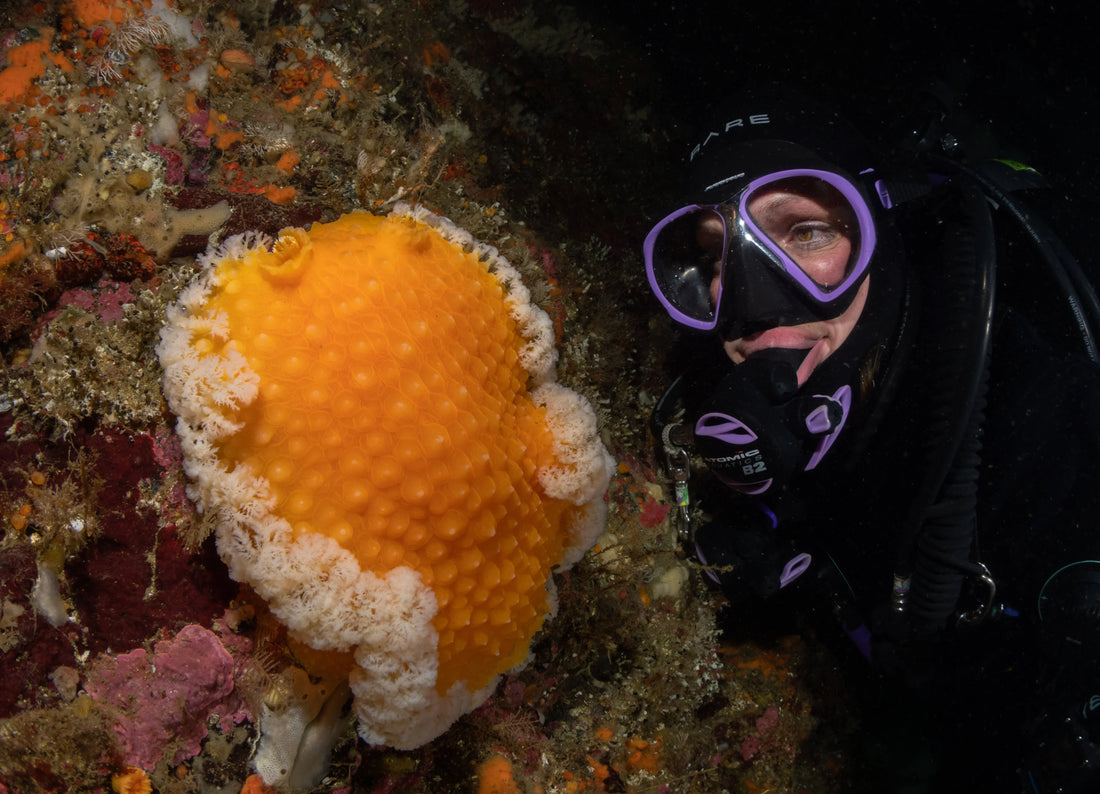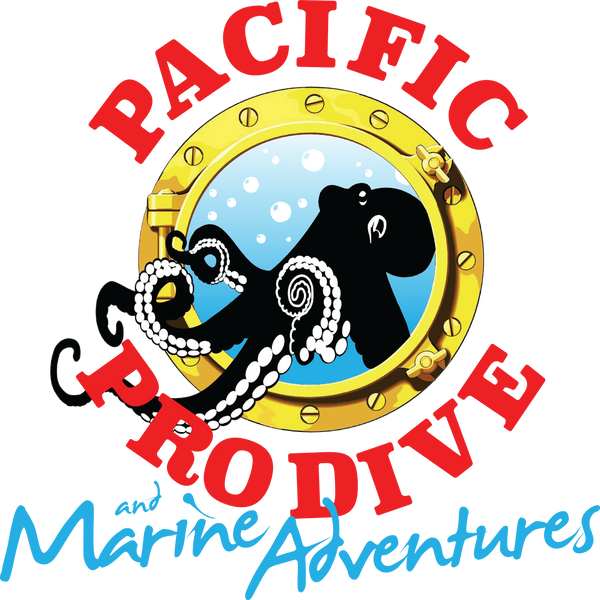
Dive Regulators - What Works for You?
Share
PADI says you’ve found the perfect regulator when you don’t even notice it’s there.
Standard features of a regulator are the; 1st stage, 2nd stage, Alternate Air, BCD (Buoyancy Compensation Device) Inflator and SPG (Submersible Pressure Gauge).
Next, it’s important to decide what type of diving you want to do. EANx (Enriched Air), warm water/cold water, type of mouthpiece, hose lengths, DIN or yoke, environmentally/pneumatically sealed, Adjustable 2nd Stage, how many dives per year etc. Another tip is clips which are important to keep your hoses in a safe place away from entanglement hazards.
Environmentally sealed regulators; Environmentally sealed means the first stage is environmentally sealed, which means that water is kept out, preventing contamination in dirty water or icing in cold water (can cause free flowing). The main advantage of an environmentally sealed regulator is that it usually prevents freezing issues in the first stage, when diving in cold water. It doesn’t require frequent maintenance.
Balanced And Unbalanced Regulators; Balanced regulators compensate for depth and decreasing air tank pressure by equalising the air pressure on both sides of the valve. This allows you to breathe through them much more easily. Balanced regulators are preferred but tend to be a more expensive.
A balanced regulator will give you a constant pressure rate of air supply regardless of how full your tank is. Air pressure in an unbalanced regulator is supplied to the second stage (the part you breathe from) and pressure will decrease as the tank empties. You will notice a distinct difference in the pressure when the tank is very low. Unbalanced regulators are cheaper to build to so you will typically find them in lower end regulators and can be an issue if diving in extremely cold water (ie – free flowing).
All regulators should be cleaned thoroughly with fresh water after every dive and a diver should make sure that there is no sand, silt or debris in the regulator. You should also have the regulator serviced at least once a year (check manufacturers recommendations) to ensure proper function of the unit.
Some regulators utilize a side exhaust for exhaled gas, so your bubbles will stay out of your way. This is important if you plan to take pictures or video, for example.
Good cold water regulator are typically environmentally sealed against cold and contamination. It’s means “easy breathing” at every depth and temperature. Other features to look at include self-warming second stage (to prevent freezing and keep your lips comfortable) and oversized knobs are popular that are easy to operate while wearing gloves.
